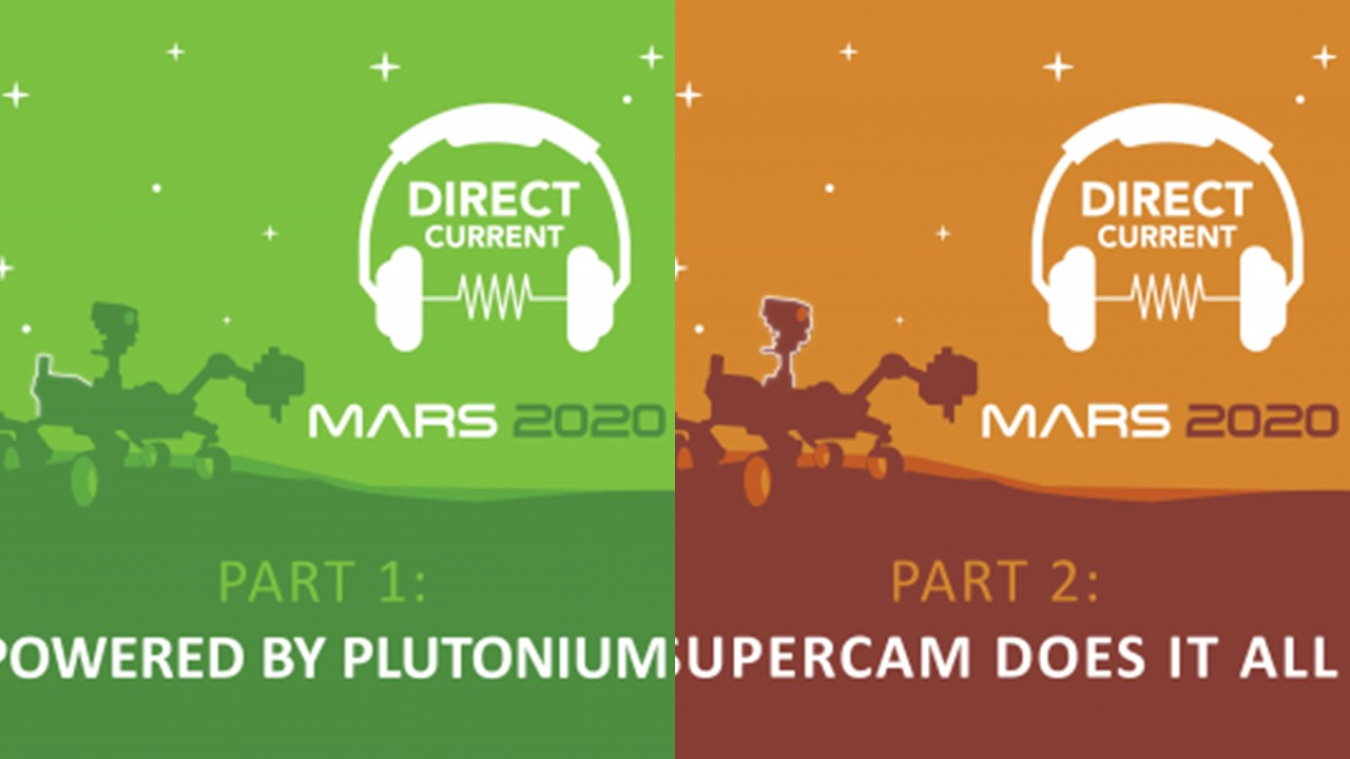Today, around 3:55pm EST, NASA successfully landed the Perseverance Rover on Mars. Learn what the DOE did to help make that happen.
February 18, 2021Today, around 3:55pm EST, NASA successfully landed the Perseverance Rover on Mars. Before the rover starts “blazing through the Martian atmosphere,” (as NASA explained in their blog) scientists, engineers, nuclear security specialists, logistics personnel, communications professionals, and countless other experts at the U.S. Department of Energy National Laboratories played a part in this work.
You can learn about this work in our recording here from our Feb. 16 event.
During the event, we provided a behind-the-scenes scoop on what it took to fuel the Rover from our STEM professionals at Oak Ridge National Laboratory, Idaho National Laboratory, and Los Alamos National Laboratory - as well as insight into Perseverance’s scientific mission from team members who developed SuperCam, a rock-vaporizing laser that will help determine whether life ever existed on Mars.
The conversation, emceed by the host of the DOE Direct Current podcast, highlighted the role of the DOE in space exploration, and linked students with options to explore their STEM future with the DOE like internships and STEM events.
Pop in your earbuds to learn more

To learn more about the Department of Energy’s work with the Perseverance rover, listen to our Direct Current podcast Part 1: Powered by Plutonium, and Part 2: SuperCam Does it All.
Find more STEM resources and programs at STEM Rising, the DOE’s effort to share all-things-STEM at www.energy.gov/STEM


